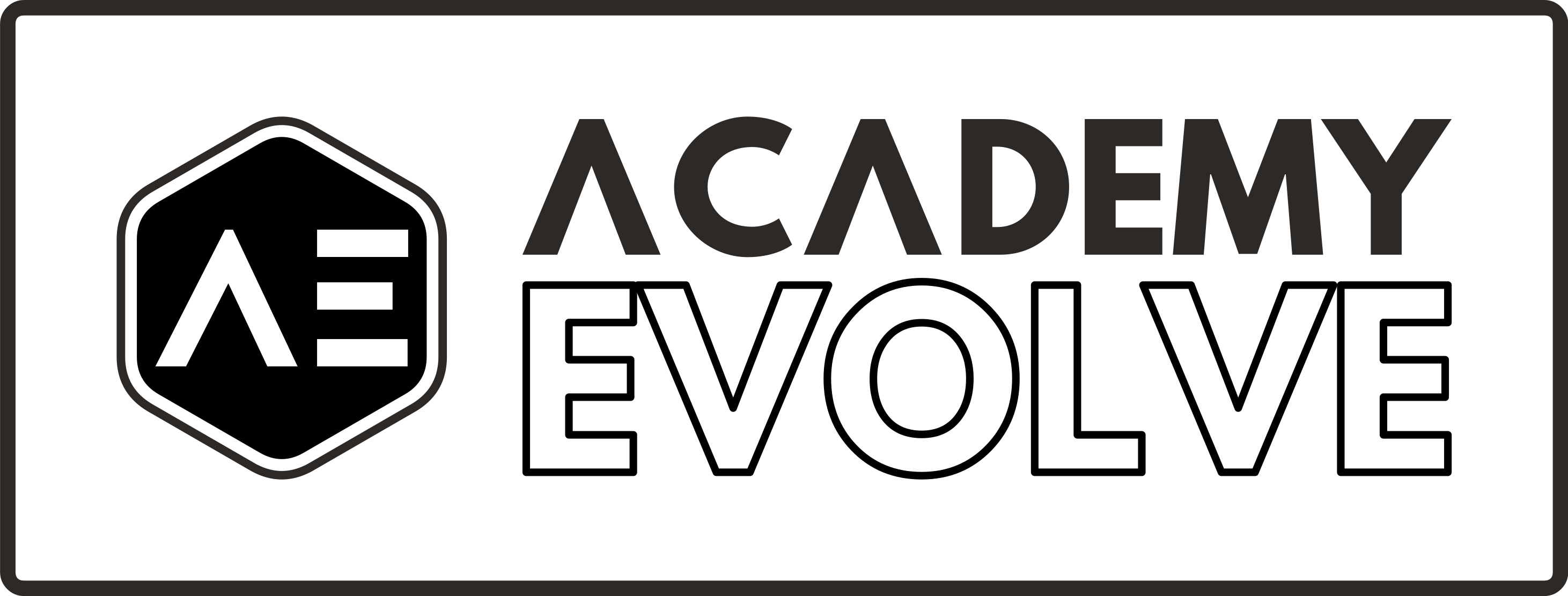October 6th, 2022 – Grand Junction, Colorado
Brian M Kennedy, Founder
Academy Evolve is proud to announce our artificial intelligence based education technology, designed to improve engagement, information retention, and learning enforcement for the material we present. In this short article we will explain our philosophies, how our technology works, and how it can help you or your business better train your staff. Years of work have gone into the preparation of this foundational software solution, and we hope that it can benefit you and your organization.
Learning Styles
Through a simple series of built in assessments on every course we measure a three part “learning style” metric. This metric tells us how the individual taking the course best digests material, engages with that material, and retains that material. The three types of learning we focus on are auditory (audio only, with other stimuli reduced), visual (visual and auditory together, typically videos), and kinesthetic (in our case we use reading and imagery that conjures sense memory). By presenting material intentionally in these three types of learning styles we monitor and ultimately assess progress during the course and build a three part score that tells us the average retention rate a user has per learning style. As we hone in on this score we present a slightly modified course structure to best engage the student by the type of learning that works best for them.
Guided Repetition
Using simple assessments during the course we determine which material is not being retained and find ways to repeat the material naturally throughout the remaining duration of the course. Typically this will work in conjunction with learning styles and we will present the same material in a different learning style to see if retention rate is higher with a different approach to teaching the same material. In this way the user may not sense the repetition as much. In this same vein we will also break macro (long or large concept) learning into micro (small or short concepts) learning to place it in the course along with the same differences in learning style. By doing this we hope to avoid boredom when material is repeated by creating shorter material so less attention span is required to digest the material.
Conversational and Micro Assessments
Utilizing the Willow.ai Platform and Willow.ai Chatbot we use conversational assessment technology to interview our students about the material and test for retention. In this way we can avoid lengthy quiz-like assessments that can add unneeded pressure to the learning process. When our conversational AI speaks with the student its primary purpose is to engage in short conversations that will demonstrate a student’s understanding of the material.
In this same vein we use short form assessments (usually single questions) to assess understanding, and not offered as a “test” or “quiz section,” but instead integrated into the material presented in the course in a natural flow, but created to ensure that memory and demonstrated knowledge are required to answer correctly.
By combining these two types of assessment together we can create a simple to use score that helps determine the specific items we are teaching and what the retention rate is by concept, and even measure how concepts are connected, and how the retention rate of one point affects another.
Goals and Metrics
Our goal with this new technology is to create a reusable methodology for producing both long format and micro-learning material that can be presented on the web and in mobile applications with an infrastructure for presenting, measuring, and improving knowledge in any area. This of course has required us to work tirelessly to build systems, test algorithms, and break down course material in such a way that we can understand how the pieces of it work together, understand what we are trying to measure, and of course test this on real people who all learn in very different ways.
Environmental Factors
Prior and during each learning session we assess external factors as available including weather, the user’s mood, how much sleep they had the previous night, their current health (or more accurately how they feel about their health), and general sentiment about life. This is done in both an automated fashion and conversationally with our chatbot prior and during the learning session. These factors are used to measure how the student may be affected by these factors and to create a general model of how all students on some level may be affected by these factors.
What is Next?
If you are an educational institute, or an organization that has specialized training contact us to discuss a pilot project. We are actively looking for partners in both education and industry to fine tune our learning models, create new patterns, and work to improve this artificial intelligence solution even more. The way we learn, and how AI can help us do better is our primary goal. Understanding and demonstrating how external factors like mood, current health, and other environmental factors come into play is deeply important to our goals of creating a solution where EVERYONE can learn the best way for them, and to equalize and expedite our ability to reach new heights of knowledge.


Recent Comments